HOW MUCH DOES ARTIFICIAL INTELLIGENCE COST IN MEDIA AND ENTERTAINMENT?
 Discover how much does the development of artificial intelligence cost in the media and entertainment sector. Learn about the financial impact of AI tools on content creation, viewer experiences, and platform operations.
Discover how much does the development of artificial intelligence cost in the media and entertainment sector. Learn about the financial impact of AI tools on content creation, viewer experiences, and platform operations.STATISTICAL DATA ABOUT ARTIFICIAL INTELLIGENCE IN MEDIA AND ENTERTAINMENT
Artificial intelligence (AI) is revolutionizing the media and entertainment industry. In 2023, the global AI in the media and entertainment market was valued at USD 19.75 billion. This market is expected to grow to USD 24.56 billion in 2024. By 2030, it is projected to reach USD 99.48 billion, with a compound annual growth rate (CAGR) of 26% from 2023 to 2030. (As per Grandview Search Report)
Key areas driving this growth include AI in content creation, personalized recommendations, and immersive experiences. AI’s ability to analyze vast datasets and deliver actionable insights is transforming how media content is produced and consumed. As AI adoption increases, media companies are investing heavily in AI technologies to enhance their offerings and stay competitive.
FACTORS INFLUENCING AI COSTS IN MEDIA AND ENTERTAINMENT
- Data Processing and Management: AI relies heavily on vast amounts of data. Costs are associated with acquiring, storing, and managing this data. Data privacy and security measures also contribute to expenses.
- Algorithm Development and Training: Developing and training AI algorithms require significant investment in research, development, and computational resources. The complexity and specificity of the algorithms can further influence the cost.
- System Integration: Integrating AI with existing media production, distribution, and consumption systems can be costly. Therefore, it includes developing custom APIs and ensuring seamless interaction between AI and existing infrastructure.
- User Interface (UI) and Experience (UX) Design: Crafting intuitive and engaging user interfaces for AI applications in media ensures user adoption and satisfaction. The design complexity affects the overall cost.
- Regulatory Compliance: Ensuring that AI applications comply with industry regulations, such as data protection and intellectual property laws, can add to the costs. Compliance is crucial for legal and ethical AI deployment.
- Scalability and Maintenance: Ongoing costs include scaling the AI solutions to handle increasing amounts of data and users, as well as maintaining and updating the AI systems to keep them adequate and relevant.
ESTIMATION OF HOW MUCH DOES IT COST TO DEVELOP ARTIFICIAL INTELLIGENCE IN MEDIA
- Basic AI Implementations: Simple AI features like basic content recommendation systems can cost between $8k and $10k.
- Moderate Complexity: Cutting-edge AI applications, including deepfake technology and immersive VR experiences, can exceed $40k.
- Advanced AI Solutions: More sophisticated AI tools, such as automated video editing or AI-enhanced graphics generation, typically range from $75k to $150k.
Investing in AI can significantly boost the quality and efficiency of media production, enhance user engagement, and create new revenue streams. Understanding the costs involved helps media companies make informed decisions and strategically plan their AI investments.
EVALUATING THE COST OF ARTIFICIAL INTELLIGENCE IN MEDIA
Understanding the cost of AI in media and entertainment involves analyzing expenses for various AI tools and features. Each AI application offers unique benefits that enhance content creation, improve viewer experiences, and optimize platform operations. Below, we explore the costs and benefits of AI features for different segments within the media and entertainment industry.
COST OF AI FEATURES FOR CONTENT CREATORS AND PRODUCERS
- GENERATIVE MUSIC ALGORITHMS
Generative music algorithms use AI to compose original music based on predefined parameters and styles. These tools help producers create unique soundtracks without extensive manual effort.
- Cost: ~$18k – $22K
- Benefits: Saves time and costs in music production, offers a wide variety of unique compositions, and enhances creative flexibility.
- AUTOMATED VIDEO EDITING
AI-powered automated video editing tools streamline the post-production process. They can handle tasks like cutting, transitions, and effects application, significantly speeding up editing.
- Cost: ~$80k – $130K
- Benefits: Reduces labour costs, accelerates post-production timelines, and maintains consistent editing quality.
- CONTENT RECOMMENDATION ENGINES
AI-driven content recommendation engines analyze user behaviour and preferences to suggest relevant content. This feature boosts viewer engagement and content consumption.
- Cost: ~$8k – $10k
- Benefits: Increases viewer engagement, enhances user satisfaction, and drives higher content consumption rates.
- AI-ENHANCED GRAPHICS GENERATION
The tools create and refine visual elements for media projects. These tools can generate high-quality graphics with minimal manual intervention.
- Cost: ~$75k – $150k
- Benefits: Enhances visual appeal, reduces manual effort, and speeds up graphic production.
- ARTIFICIAL INTELLIGENCE FOR 3D MODELING AND ANIMATION
AI assists in creating and animating 3D models, making the process faster and more efficient. These tools are helpful for film, gaming, and virtual reality projects.
- Cost: ~$50k
- Benefits: Accelerates production time, improves animation quality, and reduces costs associated with manual modelling and animation.
- VOICE-OVER SYNTHESIS FOR DUBBING
It uses AI to generate voice-overs in multiple languages, aiding in the dubbing process. This technology can mimic different voices and accents accurately.
- Cost: ~$20k – $30k
- Benefits: Saves costs on dubbing, enables quick language localization, and ensures consistent voice quality.
- PREDICTIVE ANALYTICS FOR TREND FORECASTING
Such tools analyze data to forecast trends in media consumption and content popularity. Producers use these insights to plan and strategize content production.
- Cost: ~$15k – $25k
- Benefits: It helps producers stay ahead of trends, informs content strategy, and reduces the risk of producing unpopular content.
Refer to our latest article on, How do Epic Games, Netflix, and Deep Motion are integrated AI in Entertainment and Media Industry?
COST OF ARTIFICIAL INTELLIGENCE FEATURES FOR CONSUMERS AND VIEWERS
- ARTIFICIAL INTELLIGENCE DRIVEN AUGMENTED REALITY (AR) FILTERS
AI-driven AR filters create interactive and engaging experiences for viewers. These filters overlay digital content on real-world images, providing a unique viewing experience.
- Cost: ~$10k
- Benefits: Such tools enhances user engagement, offers innovative content, and attracts a tech-savvy audience.
- AI-DRIVEN VIRTUAL REALITY (VR) EXPERIENCES
Artificial Intelligence generates immersive VR environments, transforming how viewers interact with content. These experiences offer a new level of immersion and engagement.
- Cost: ~$40k
- Benefits: Provides immersive experiences, attracts tech-savvy viewers, and enhances viewer engagement.
- DEEPFAKE TECHNOLOGY FOR PERSONALIZATION
It uses AI to create personalized content by altering existing media to include user-specific elements. This technology can customize advertisements, entertainment, and more.
- Cost: ~$50k
- Benefits: Offers unique personalization, enhances viewer engagement, and creates highly targeted content.
- AI-ENABLED ACCESSIBILITY FEATURES
Such as automated captions and translations, make content accessible to a broader audience, including those with disabilities.
- Cost: ~$20k
- Benefits: Increases accessibility, broadens audience reach, and ensures compliance with accessibility standards.
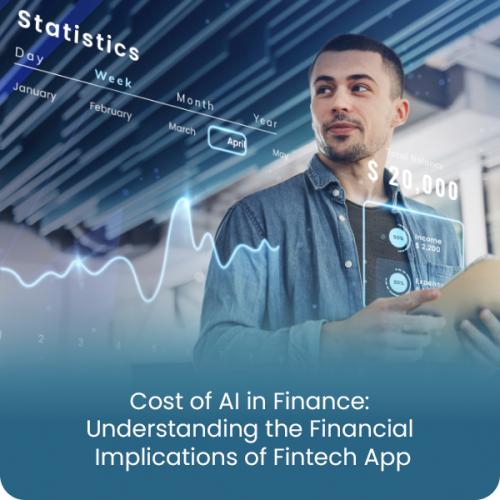
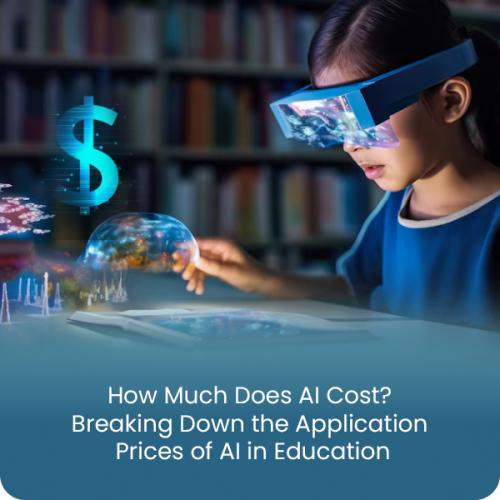

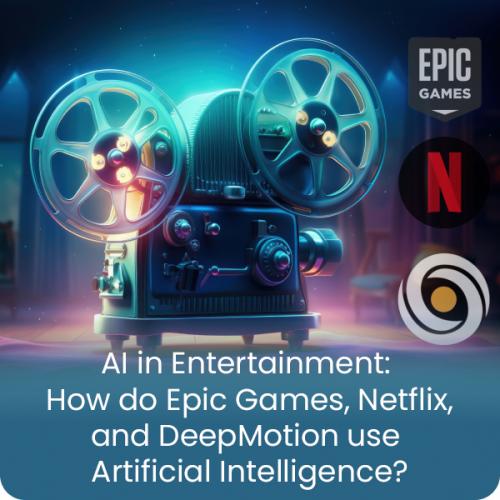
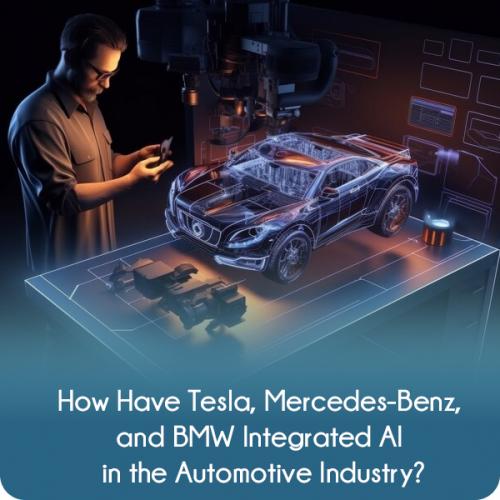


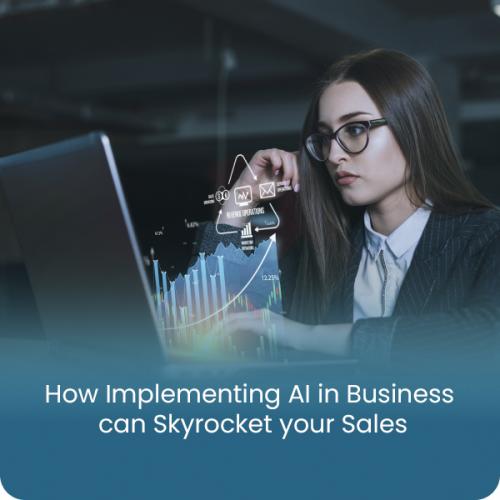
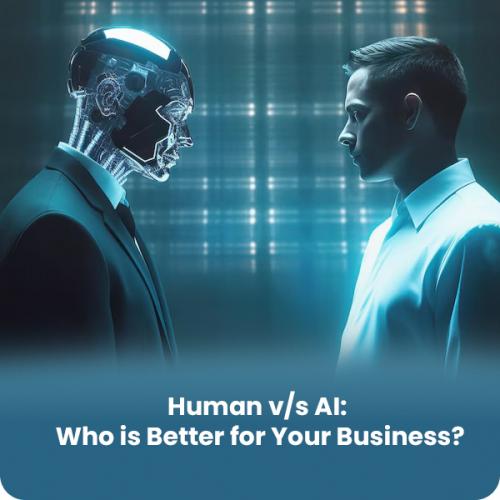
Comments